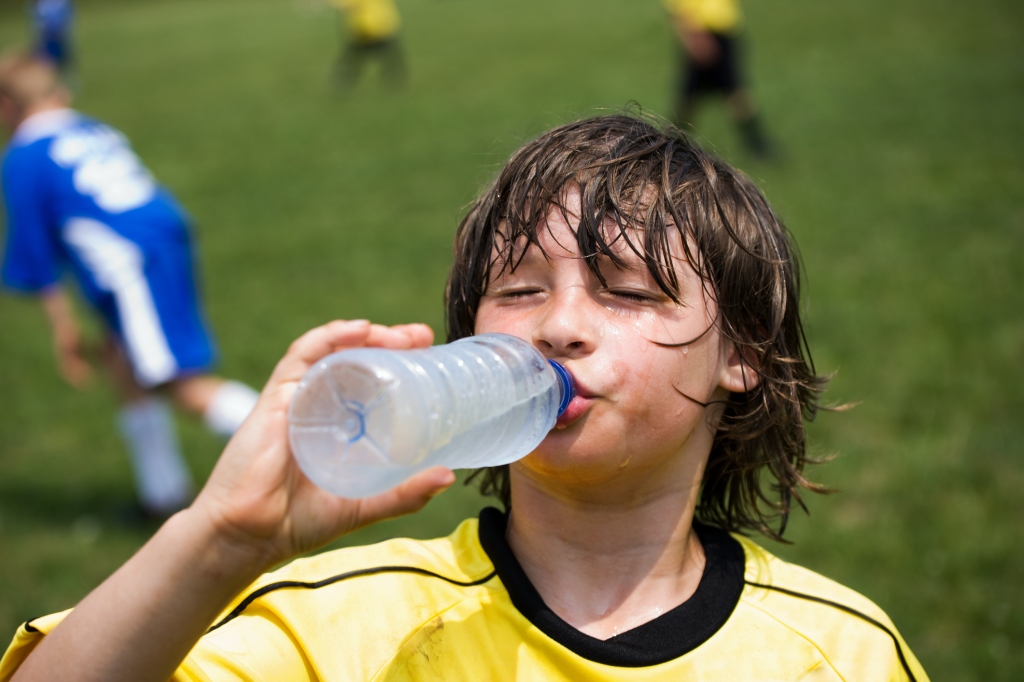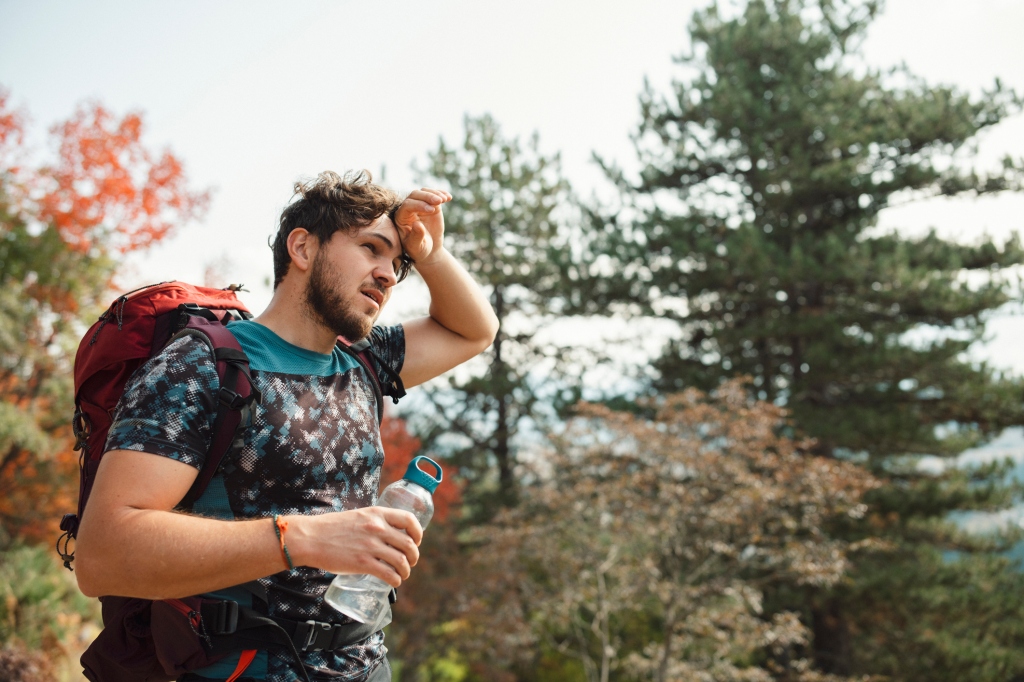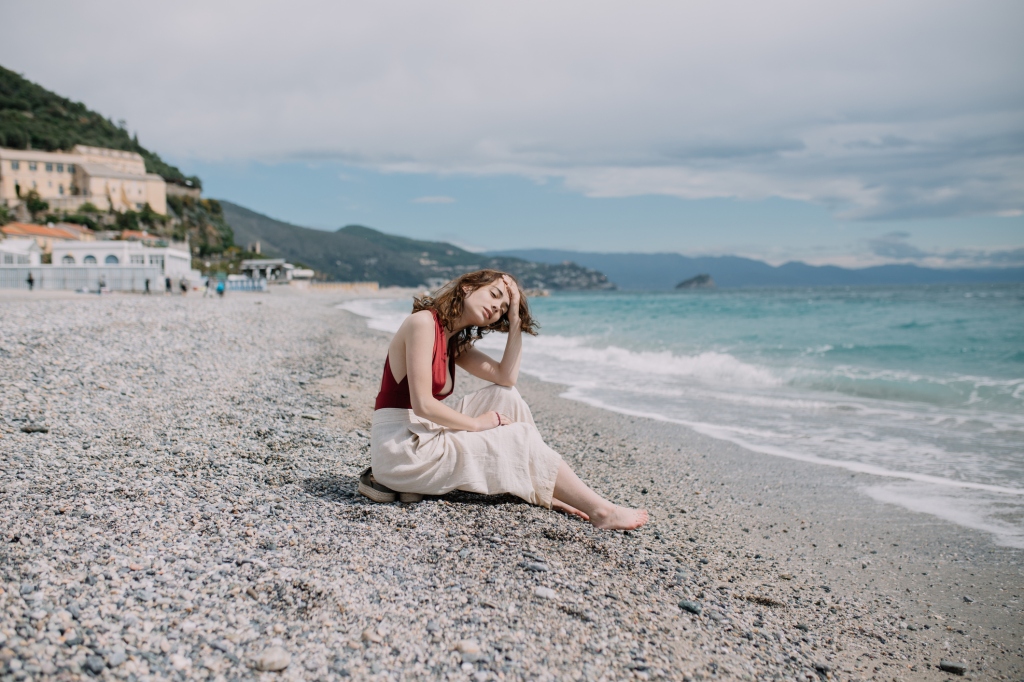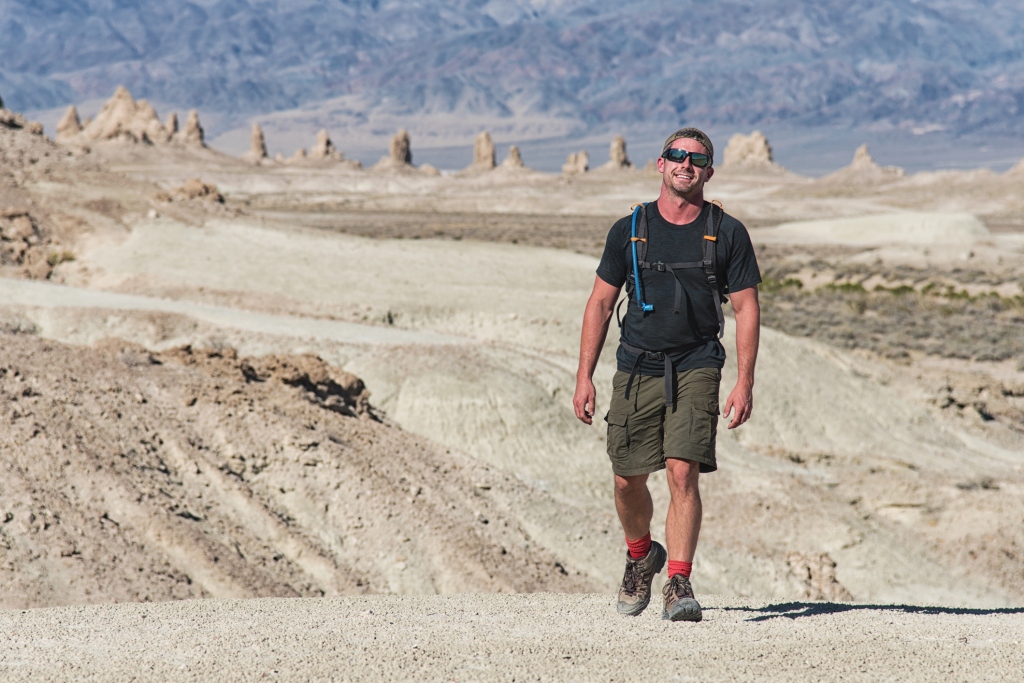Heat Stroke Vs Heat Exhaustion: An Overview
Dealing with hot weather is part of being outdoors nowadays – even in cooler alpine zones.
Last July, a team of biologists with the Colorado Department of Parks and Wildlife were studying the effect of drought on alpine plants in the Rocky Mountains. It shocked them that they had to strip to their t-shirts as temperatures crested a stifling 80°F at elevations where less than a decade ago it would rarely hit 60°F.
Hikers beware: exertion in this kind of heat, the risk of heat exhaustion or potentially fatal heat stroke is real.
Heat Stroke vs Heat Exhaustion: What’s the difference?

According to the United States Centers for Disease and Prevention (CDC): “heat exhaustion is the body’s response to an excessive loss of water and salt, usually through excessive sweating,” whereas “heat stroke occurs when the body can no longer control its temperature: the body’s temperature rises rapidly, the sweating mechanism fails, and the body is unable to cool down.”
Heat exhaustion can lead to heat stroke if it’s not immediately and properly treated.
What Are The Symptoms of Heat Exhaustion?

If you feel like throwing up, you’re dizzy, your muscles are cramping, and your hiking buddy says you look pale, you very likely have a classic case of heat exhaustion. As you age, or if you have high blood pressure, when Mother Nature turns up the temperature, you become more susceptible to heat exhaustion. Other symptoms can include clammy skin, uncharacteristic moodiness, profuse perspiration, headache, or feeling oddly weak and exceptionally hot and thirsty.
How Can I Treat Heat Exhaustion in the Backcountry?

Lay down in the shade as soon as possible. If you’re above tree line, improvise by, say, draping your rain jacket over your pack and your hiking poles. Take off your hiking boots, socks and any extra layers of clothing to allow body heat to escape. Soak a bandana, an extra shirt, any fabric you’ve got with you in water. Place them on your neck, armpits and groin. Sip fluids, preferably a sports drink or juice and water combo, to rehydrate and replace electrolytes.
What Are the Symptoms of Heat Stroke?

According to the Mayo Clinic, if you have trouble breathing, an abnormally high heart rate even though you might not be moving, and red, hot, dry skin, you’re in the early stages of heat stroke. Confusion, slurred speech, seizures, and loss of consciousness can occur as the condition worsens. Every moment matters. When heat stroke happens, your body temperature can rise to a dangerous 106°(F) or higher in just 10 minutes.
How Can I Treat Heat Stroke in the Backcountry?

If you’ve got heat stroke, it will be very difficult to recover on your own. Hopefully you won’t be alone, and have the presence of mind to tell a friend what to do. First, you need to find medical attention as soon as possible. If you can get a signal, have your buddy phone 9-1-1. Next, if you’re near a lake or stream, have your friend immerse all of you, except for your head, in the water until either help arrives or you start to recover, but no longer. Your ability to regulate your body temperature is likely compromised, and you can become hypothermic even on a blistering day. If the water is icy cold, then instead have your friend soak your shirt and pants in the water then put them on you, preferably in a shady spot. If there isn’t a nearby water source, your friend should put you in the shade immediately as you await help.
If you’re alone, hopefully you can at least manage to call 9-1-1, then find a way to cool your core temperature if you are still conscious and able to think and move. Prevention is your best chance for survival when dealing with heat stroke.
How Can I Prevent Heat Exhaustion or Heat Stroke?

Check the weather forecast. If it’s going to be hot, consider spending the day on a dock instead of a hike. You can always scale that mountain or take on the backcountry on a cooler day. Otherwise, keep these tips in mind:
- Go early. The coolest part of the day is typically just before sunrise. If you’re on the trail in the early morning, your sun exposure is less, too.
- Drink lots of water. Staying hydrated allows your body to cool itself naturally through perspiration.
- Eat small amounts more frequently. Having a little food in your stomach helps your body absorb fluids and keeps your energy up.
- Protect yourself from the sun. Cover up. Wear sunscreen. Wear a wide-brimmed hat. You know the drill. Sunburned skin is hotter and less adept at sweating.
- Wear wicking fabrics. Clothes that move moisture away from your skin help cool you off. As the moisture evaporates, it takes the heat with it.
- Keep your mileage reasonable. You might be able to pound out 15 miles in the fall, but only a third of that safely on a hot summer day.
- Recognize the symptoms. If you feel heat exhaustion setting in, treat it immediately. Heat exhaustion can quickly lead to heat stroke, and that will not only ruin your hike but potentially the rest of your life.
Source: https://outdoors.com/heat-stroke-vs-heat-exhaustion/







